Ford Puma vs Volvo XC60 – Which car suits you better?
Compare performance, boot capacity, efficiency and price at a glance.
Find out which car is the better choice for you – Ford Puma or Volvo XC60?
Costs and Efficiency:
Price and efficiency are often the first things buyers look at. Here it becomes clear which model has the long-term edge – whether at the pump, the plug, or in purchase price.
Ford Puma has a clearly advantage in terms of price – it starts at 24800 £, while the Volvo XC60 costs 49200 £. That’s a price difference of around 24420 £.
Fuel consumption also shows a difference: Volvo XC60 manages with 2.80 L and is therefore significantly more efficient than the Ford Puma with 5.40 L. The difference is about 2.60 L per 100 km.
As for range, the Ford Puma performs clearly better – achieving up to 376 km, about 294 km more than the Volvo XC60.
Engine and Performance:
Power, torque and acceleration say a lot about how a car feels on the road. This is where you see which model delivers more driving dynamics.
When it comes to engine power, the Volvo XC60 has a convincingly edge – offering 455 HP compared to 168 HP. That’s roughly 287 HP more horsepower.
In acceleration from 0 to 100 km/h, the Volvo XC60 is decisively quicker – completing the sprint in 4.90 s, while the Ford Puma takes 7.40 s. That’s about 2.50 s faster.
In terms of top speed, the Ford Puma performs somewhat better – reaching 210 km/h, while the Volvo XC60 tops out at 180 km/h. The difference is around 30 km/h.
There’s also a difference in torque: Volvo XC60 pulls convincingly stronger with 709 Nm compared to 290 Nm. That’s about 419 Nm difference.
Space and Everyday Use:
Whether family car or daily driver – which one offers more room, flexibility and comfort?
Both vehicles offer seating for 5 people.
In curb weight, Ford Puma is convincingly lighter – 1316 kg compared to 1900 kg. The difference is around 584 kg.
In terms of boot space, the Ford Puma offers minimal more room – 523 L compared to 483 L. That’s a difference of about 40 L.
In maximum load capacity, the Volvo XC60 performs somewhat better – up to 1543 L, which is about 260 L more than the Ford Puma.
When it comes to payload, Volvo XC60 somewhat takes the win – 550 kg compared to 469 kg. That’s a difference of about 81 kg.
Who wins the race?
The Volvo XC60 proves to be dominates this comparison and therefore becomes our DriveDuel Champion!
Volvo XC60 is the better all-rounder in this comparison.
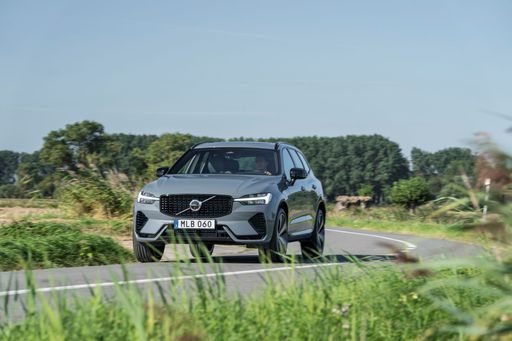
Volvo XC60
Ford Puma
The Ford Puma presents itself as a stylish compact SUV with a distinctive design that combines practicality with a dynamic driving experience. Its sleek lines and sporty aesthetics make it stand out on the road, while the interior offers a comfortable and tech-savvy environment. With an emphasis on efficiency and a smooth drive, the Ford Puma is well-suited for both urban commutes and countryside adventures.
details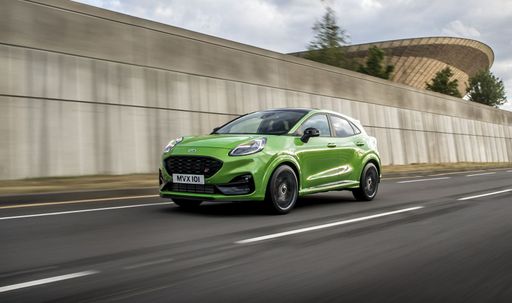 @ puma.fordpresskits.com
@ puma.fordpresskits.com
 @ puma.fordpresskits.com
@ puma.fordpresskits.com
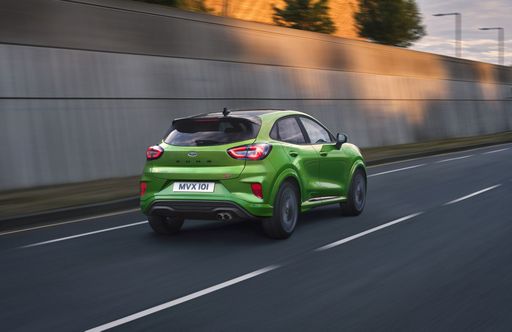 @ puma.fordpresskits.com
@ puma.fordpresskits.com
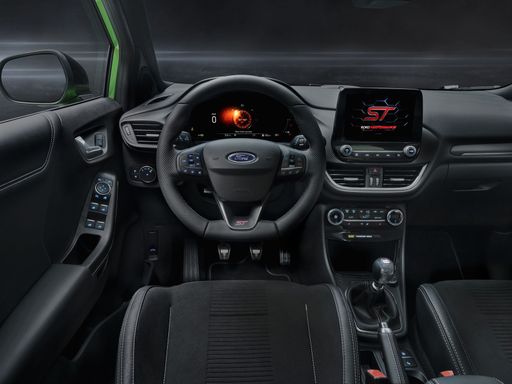 @ puma.fordpresskits.com
@ puma.fordpresskits.com
Volvo XC60
The Volvo XC60 strikes a perfect balance between contemporary design and practical functionality, making it an appealing choice for those in search of a reliable and stylish SUV. Its interior showcases a blend of high-quality materials and innovative technology, ensuring a comfortable and seamless driving experience. With its emphasis on safety and environmental sustainability, the XC60 continues to stand out in the competitive SUV market.
details @ media.volvocars.com
@ media.volvocars.com
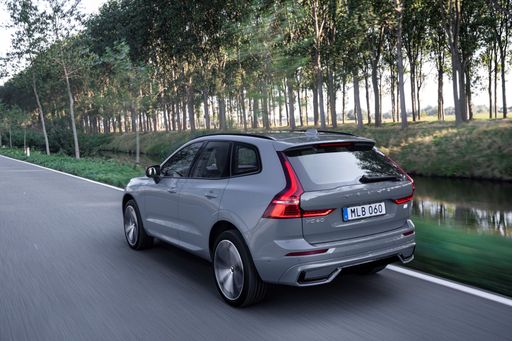 @ media.volvocars.com
@ media.volvocars.com
 @ media.volvocars.com
@ media.volvocars.com
 @ media.volvocars.com
@ media.volvocars.com
 @ media.volvocars.com
@ media.volvocars.com

|

|
|
|
|
Costs and Consumption |
|
|---|---|
|
Price
24800 - 36300 £
|
Price
49200 - 75100 £
|
|
Consumption L/100km
5.4 - 5.9 L
|
Consumption L/100km
2.8 - 7.5 L
|
|
Consumption kWh/100km
13.1 - 13.9 kWh
|
Consumption kWh/100km
-
|
|
Electric Range
361 - 376 km
|
Electric Range
74 - 82 km
|
|
Battery Capacity
43 kWh
|
Battery Capacity
14.70 kWh
|
|
co2
0 - 135 g/km
|
co2
64 - 169 g/km
|
|
Fuel tank capacity
42 L
|
Fuel tank capacity
71 L
|
Dimensions and Body |
|
|---|---|
|
Body Type
SUV
|
Body Type
SUV
|
|
Seats
5
|
Seats
5
|
|
Doors
5
|
Doors
5
|
|
Curb weight
1316 - 1563 kg
|
Curb weight
1900 - 2150 kg
|
|
Trunk capacity
456 - 523 L
|
Trunk capacity
468 - 483 L
|
|
Length
4186 - 4226 mm
|
Length
4708 mm
|
|
Width
1805 mm
|
Width
1902 mm
|
|
Height
1550 - 1555 mm
|
Height
1651 - 1655 mm
|
|
Max trunk capacity
1216 - 1283 L
|
Max trunk capacity
1528 - 1543 L
|
|
Payload
367 - 469 kg
|
Payload
510 - 550 kg
|
Engine and Performance |
|
|---|---|
|
Engine Type
Electric, Petrol MHEV
|
Engine Type
Petrol MHEV, Plugin Hybrid
|
|
Transmission
Automatic, Manuel
|
Transmission
Automatic
|
|
Transmission Detail
Reduction Gearbox, Manual Gearbox, Dual-Clutch Automatic
|
Transmission Detail
Automatic Gearbox
|
|
Drive Type
Front-Wheel Drive
|
Drive Type
All-Wheel Drive
|
|
Power HP
125 - 168 HP
|
Power HP
250 - 455 HP
|
|
Acceleration 0-100km/h
7.4 - 9.8 s
|
Acceleration 0-100km/h
4.9 - 6.9 s
|
|
Max Speed
160 - 210 km/h
|
Max Speed
180 km/h
|
|
Torque
170 - 290 Nm
|
Torque
350 - 709 Nm
|
|
Number of Cylinders
3
|
Number of Cylinders
4
|
|
Power kW
92 - 124 kW
|
Power kW
184 - 335 kW
|
|
Engine capacity
999 cm3
|
Engine capacity
1969 cm3
|
General |
|
|---|---|
|
Model Year
2025
|
Model Year
2025
|
|
CO2 Efficiency Class
A, D
|
CO2 Efficiency Class
F, B
|
|
Brand
Ford
|
Brand
Volvo
|
Is the Ford Puma offered with different drivetrains?
The Ford Puma is offered with Front-Wheel Drive.
The prices and data displayed are estimates based on German list prices and may vary by country. This information is not legally binding.
